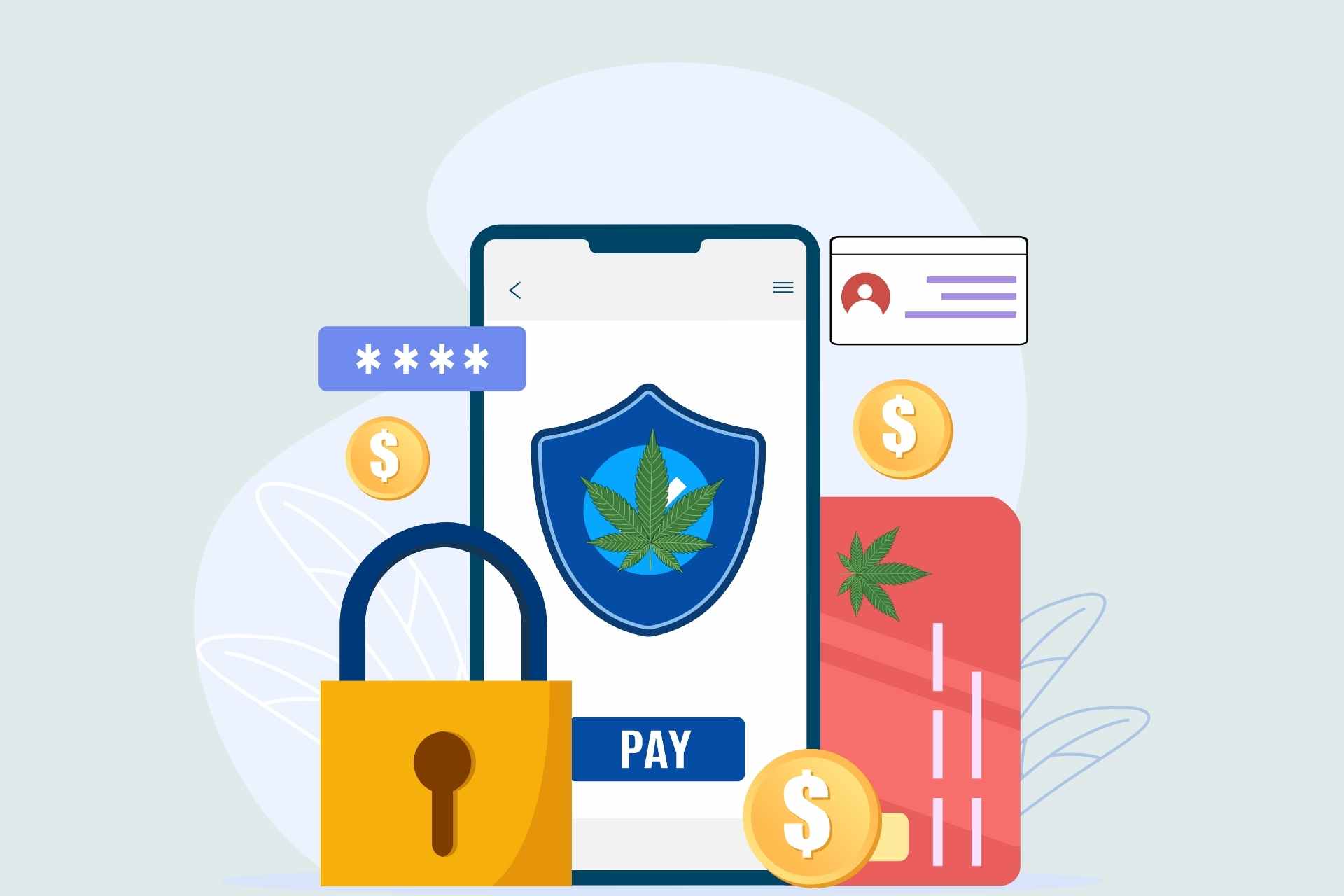
Table of contents:
- Understanding the legal landscape
- Common Threats to Data Security in Email Communications
- Best Practices for Email Security
- Encryption and Secure Email Protocols
- Instructing and training employees
- Data handling and storage
- Using secure email platforms and tools
- An overview of incident response and management
- Conclusion
In a world where cannabis is one of the fastest-growing industries, privacy and data security are crucial. The cannabis industry faces unique challenges in protecting sensitive data, especially when it comes to email communications. Whether you’re a dispensary, a grower, or a cannabis marketer, understanding and implementing strong security measures is crucial for maintaining customer trust and complying with legal requirements. This dynamic market demands privacy and security considerations.
Understanding the legal landscape
Navigating the legal landscape is a critical first step in safeguarding data in the cannabis sector. Data protection is governed by a number of laws, including GDPR (General Data Protection Regulation), CCPA (California Consumer Privacy Act), and HIPAA (Health Insurance Portability and Accountability Act). These regulations require businesses to adopt stringent data protection measures.
For the cannabis industry, specific considerations include ensuring compliance with state regulations and maintaining secure records of transactions and customer information. If noncompliance is not addressed, licenses can be lost, reputations can be damaged, and severe penalties can be imposed.
Common Threats to Data Security in Email Communications
Because email is widely used and contains sensitive information, it is a common target for cyberattacks. The cannabis industry, with its focus on email marketing and customer communications, must be vigilant against these threats:
- Phishing Attacks and Social Engineering: Cybercriminals use deceptive emails to trick recipients into revealing sensitive information. Financial information or login credentials may be included in the data.
- Malware and Ransomware: These malicious software programs can infiltrate email systems, encrypt data, and demand a ransom for its release. Malware can also be spread through infected email attachments.
- Insider Threats and Human Error: Employees can unintentionally compromise data security through mistakes or by falling victim to social engineering tactics. Insider threats can also stem from disgruntled employees misusing access to sensitive data.
Best Practices for Email Security
The following practices are essential for combating these threats:
- Implement strong password policies: Passwords should be complex and updated regularly. Maintaining secure credentials can be made easier by implementing a password manager.
- 2FA (Two-Factor Authentication):In addition to adding an extra layer of security, 2FA requires users to verify their identity using a secondary method, such as a text message.
- Regular Updates and Patching: Keeping email systems and software up to date is crucial for protecting against vulnerabilities that cybercriminals could exploit.
Encryption and Secure Email Protocols
Encrypting emails ensures that even if intercepted, the content remains unreadable without the proper decryption key. The following methods can be used for encryption:
- The Transport Layer Security Protocol (TLS): The encryption of the connection between email servers ensures the security of email transmissions.
- Secure/Multipurpose Internet Mail Extensions (S/MIME): Encrypts and digitally signs email content from end to end, ensuring authenticity and integrity.
- PGP (Pretty Good Privacy): Another method for securing email communications, offering strong encryption and authentication.
Email communications are encrypted to prevent unauthorized access to sensitive data.
Instructing and training employees
A culture of security must be established within your organization. Training keeps employees up-to-date on threats and best practices. The following topics will be covered:
- Identifying phishing attempts: To avoid falling victim to phishing scams, employees should be educated on how to identify suspicious emails.
- Email safety tips: Report suspicious emails to the company and encourage your employees to verify the sender’s identity, avoid clicking on unknown links, and verify the sender’s identity.
- Data Handling Procedures: Teach employees how to handle sensitive information securely, both in email communications and other forms of data exchange.
Data handling and storage
Handling and storing sensitive data securely is another cornerstone of data protection. Best practices include:
- Secure Storage Solutions: Use encrypted storage for sensitive data and ensure that access is restricted to authorized personnel only.
- Regular Audits and Monitoring: Conduct regular audits to identify and address vulnerabilities. Continuous monitoring can detect and respond to security breaches promptly.
Using secure email platforms and tools
Choosing a secure email platform is critical to protecting your communications. Consider the following criteria when selecting a platform:
- Security Features: Look for platforms that offer built-in encryption, 2FA, and advanced threat protection.
- Getting compliance:For the platform to comply with relevant regulations, compliance tools should be provided.
- Additional Tools: Consider integrating tools such as Data Loss Prevention (DLP) software and email filtering to further enhance security.
An overview of incident response and management
It is still possible for data breaches to occur despite best efforts. You will be able to address breaches quickly and effectively if you have an incident response plan in place. The following steps are key:
- Planning an incident response: Describe how to detect, report, and respond to data breaches. It is important to assign roles and responsibilities to team members.
- Steps to Take During a Breach: Isolate affected systems, notify stakeholders, and begin the process of containment and remediation.
- Post-Incident Analysis and Improvements: After addressing a breach, analyze the incident to identify weaknesses and implement measures to prevent future occurrences.
Conclusion
Privacy and data security are critical in the cannabis industry. Businesses can protect sensitive information and maintain customer trust by understanding the legal landscape, recognizing common threats, and implementing best practices for email security. Continuous training, secure storage solutions, and a robust incident response plan further bolster security efforts.
For businesses looking to enhance their email communications, GoCannabis Marketing offers tailored solutions for Cannabis Email Marketing, ensuring your messages are secure and compliant with industry standards.
Have more questions related to Cannabis Email Marketing? See our blog section for more information. Please feel free to contact our support team at support@gocannabismarketing.com or by phone at 1 (470) 791-9755 if you have any questions. You can contact the GoCannabis Marketing Expert Support Team for assistance.


